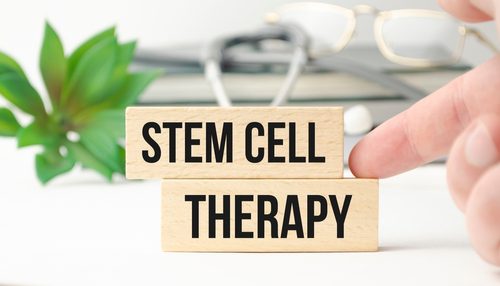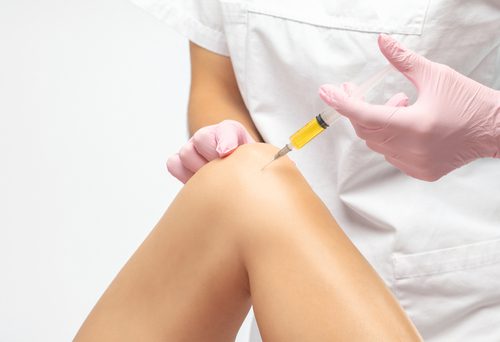You may see a lot of information on the internet surrounding the use, effectiveness, and success rates of mesenchymal stem cells (MSC’s). It is important to know the various sources from which they are derived and what is more commonly advised and used.

Connective tissues, such as tendons, ligaments, and cartilage, play a crucial role in maintaining the structural integrity of our bodies. Injuries or degenerative conditions affecting these tissues can lead to pain, limited mobility, and reduced quality of life.
Stem cell therapy has emerged as a promising approach for regenerating damaged connective tissues. Among the various sources of mesenchymal stem cells (MSCs), bone marrow-derived MSCs (BM-MSCs) are often considered more helpful for connective tissue repair compared to adipose-derived stem cells (ADSCs). BM-MSCs are favored in regenerative medicine for their unique properties and superior potential.
Proliferation and Differentiation Capacity of Bone Marrow Mesenchymal Stem Cells
BM-MSCs possess a remarkable capacity for proliferation and differentiation into various cell types involved in connective tissue repair. These cells have demonstrated their versatility by differentiating into bone, cartilage, and fat cells, among others. This multifunctional ability makes them a valuable resource for addressing the diverse tissue components involved in connective tissue repair.

Immunomodulatory Properties of Bone Marrow Mesenchymal Stem Cells
The immunomodulatory properties of BM-MSCs make them stand out in the field of regenerative medicine. These cells have the ability to suppress the immune response and reduce inflammation, which is crucial in the context of tissue repair. In conditions where immune responses need to be controlled, such as autoimmune diseases or graft-versus-host disease, BM-MSCs have shown their therapeutic potential.
Homing and Migration to Injury Sites
Effective tissue repair often depends on the stem cells’ ability to migrate to the site of injury and exert their reparative functions. BM-MSCs have a superior capacity for homing to these specific areas. They can “sense” the damage and move towards it, ensuring a more targeted and effective response to the injured tissues. This ability to navigate the body is a significant advantage in regenerative medicine.
Efficacy of Bone Marrow Mesenchymal Stem Cells with Connective Tissue Conditions
In various preclinical and clinical studies, BM-MSCs have demonstrated their efficacy in treating connective tissue conditions. Notably, they have shown promise in the management of osteoarthritis, a common degenerative joint disease characterized by cartilage breakdown. BM-MSCs can promote cartilage regeneration, potentially offering a solution to a condition that affects millions of people worldwide.

Clinical Experience and Safety Profile
BM-MSCs have a well-established safety profile and a longer history of clinical use compared to ADSCs. The extensive research and clinical experience with BM-MSCs have provided a solid foundation for their application in various medical conditions. This wealth of knowledge is invaluable in guiding treatment protocols and ensuring patient safety.
While adipose-derived stem cells (ADSCs) are also valuable for regenerative medicine, bone marrow-derived mesenchymal stem cells (BM-MSCs) have several distinct advantages when it comes to connective tissue repair. Their superior proliferation and differentiation capacity, immunomodulatory properties, ability to home to injury sites, demonstrated efficacy in connective tissue conditions, and well-established safety profile make them the preferred choice in many clinical and research settings.

As the field of regenerative medicine continues to advance, the potential of BM-MSCs in treating a wide range of connective tissue disorders remains an exciting prospect. The versatility and reliability of BM-MSCs make them a valuable asset in the pursuit of effective therapies for patients suffering from connective tissue injuries and degenerative conditions.
In summary, while both BM-MSCs and ADSCs have their merits, BM-MSCs take the lead when it comes to connective tissue repair due to their unique properties and proven track record in clinical applications. Their contribution to the field of regenerative medicine is significant, offering hope to those in need of effective solutions for connective tissue repair.




